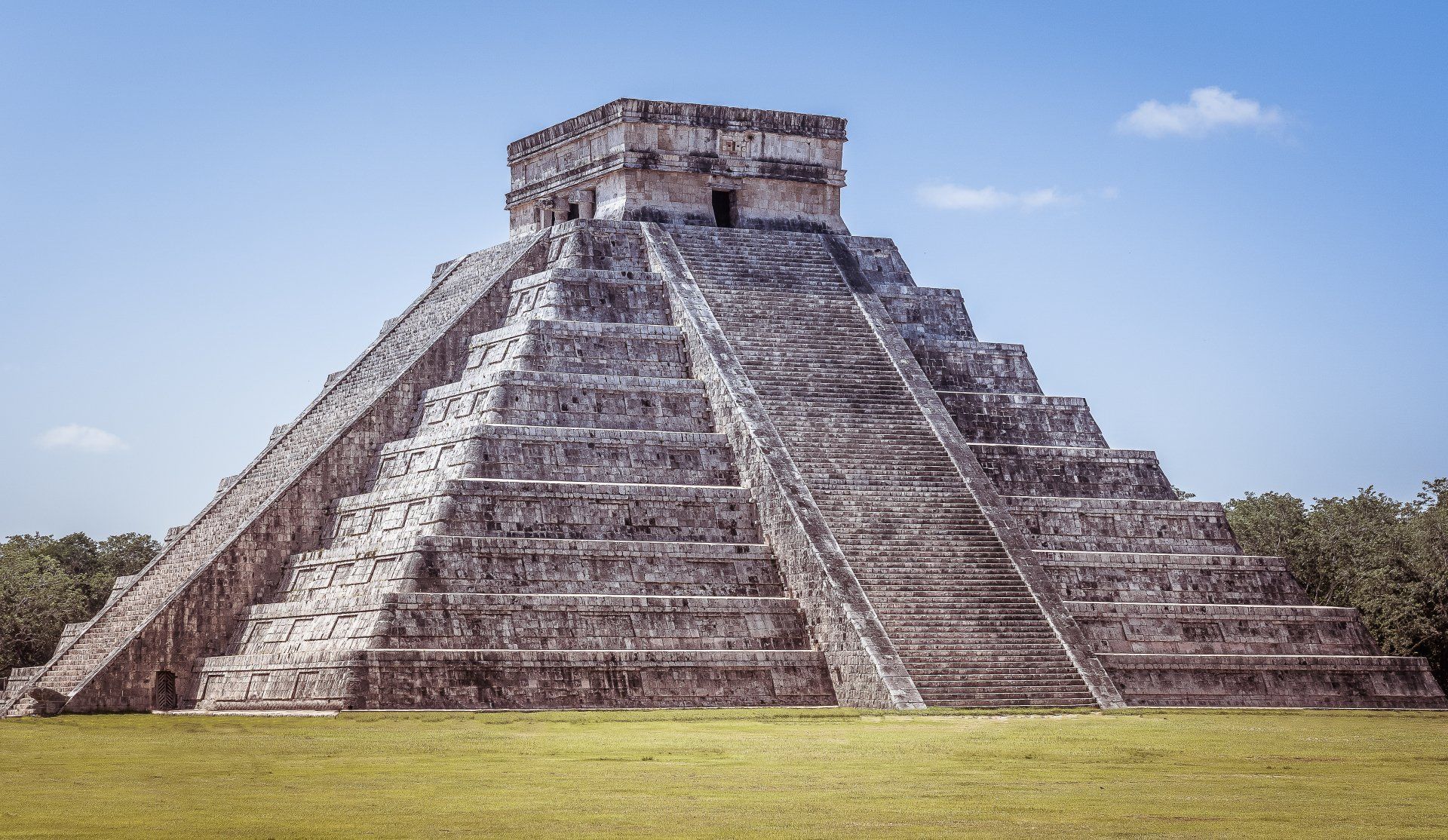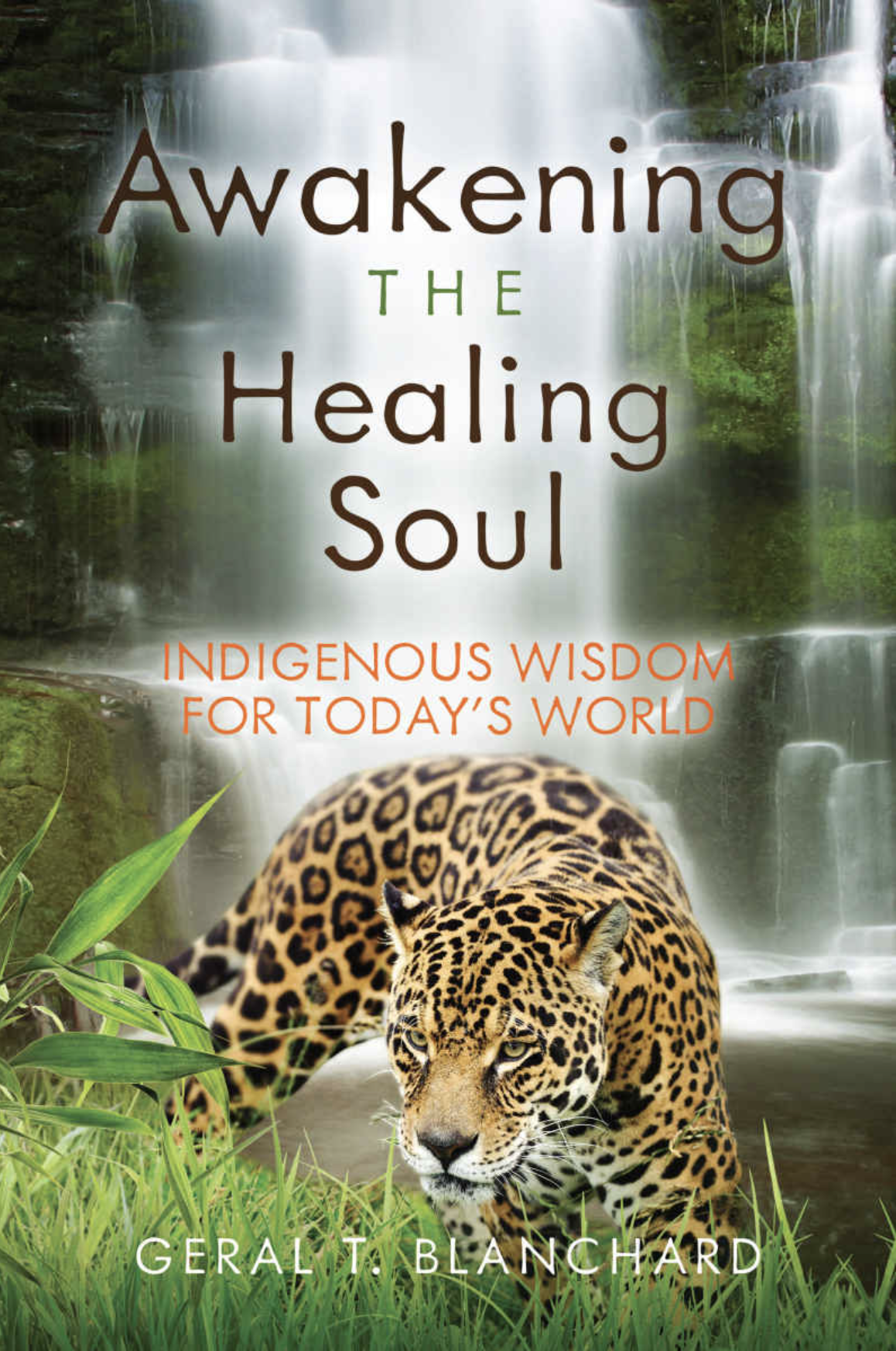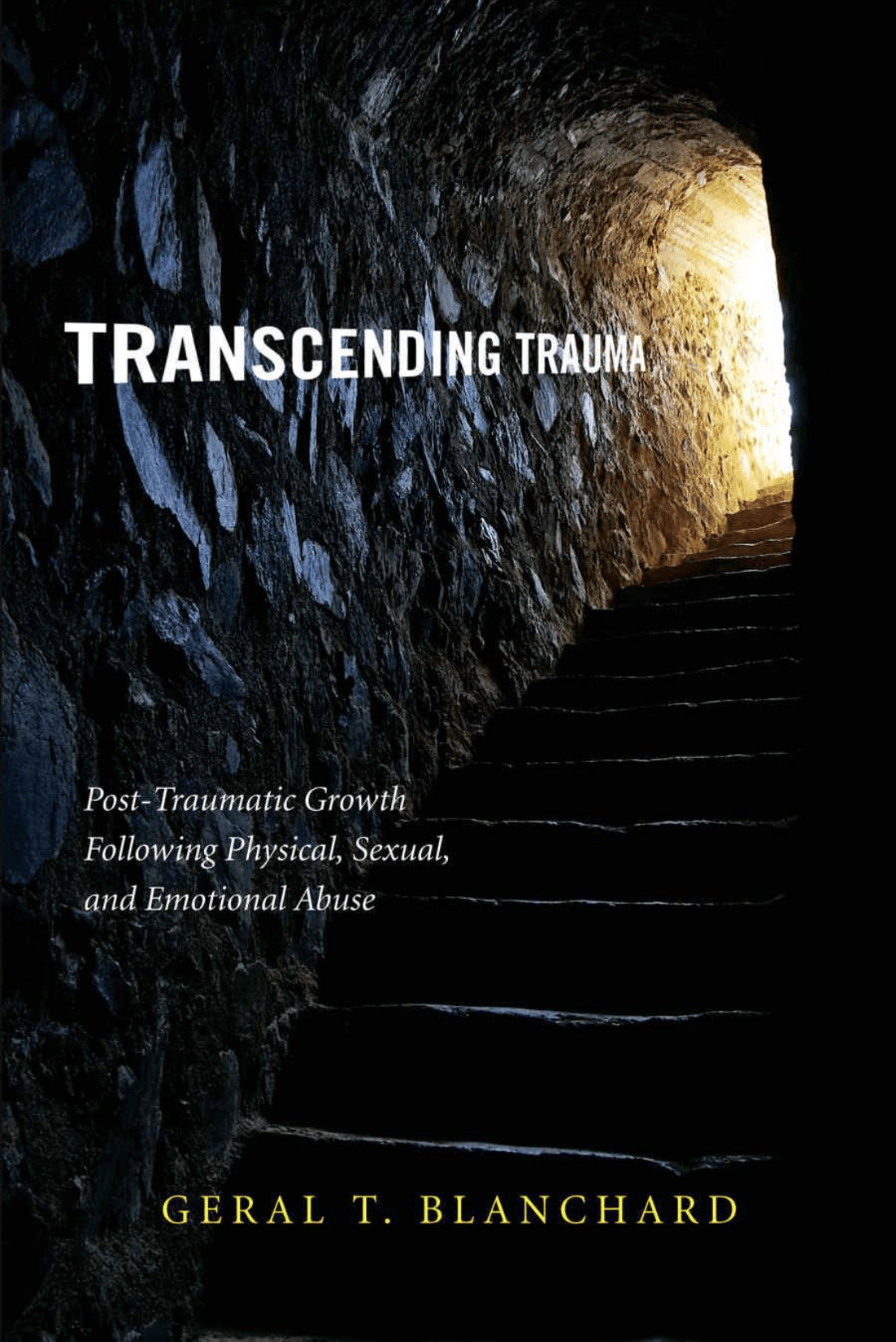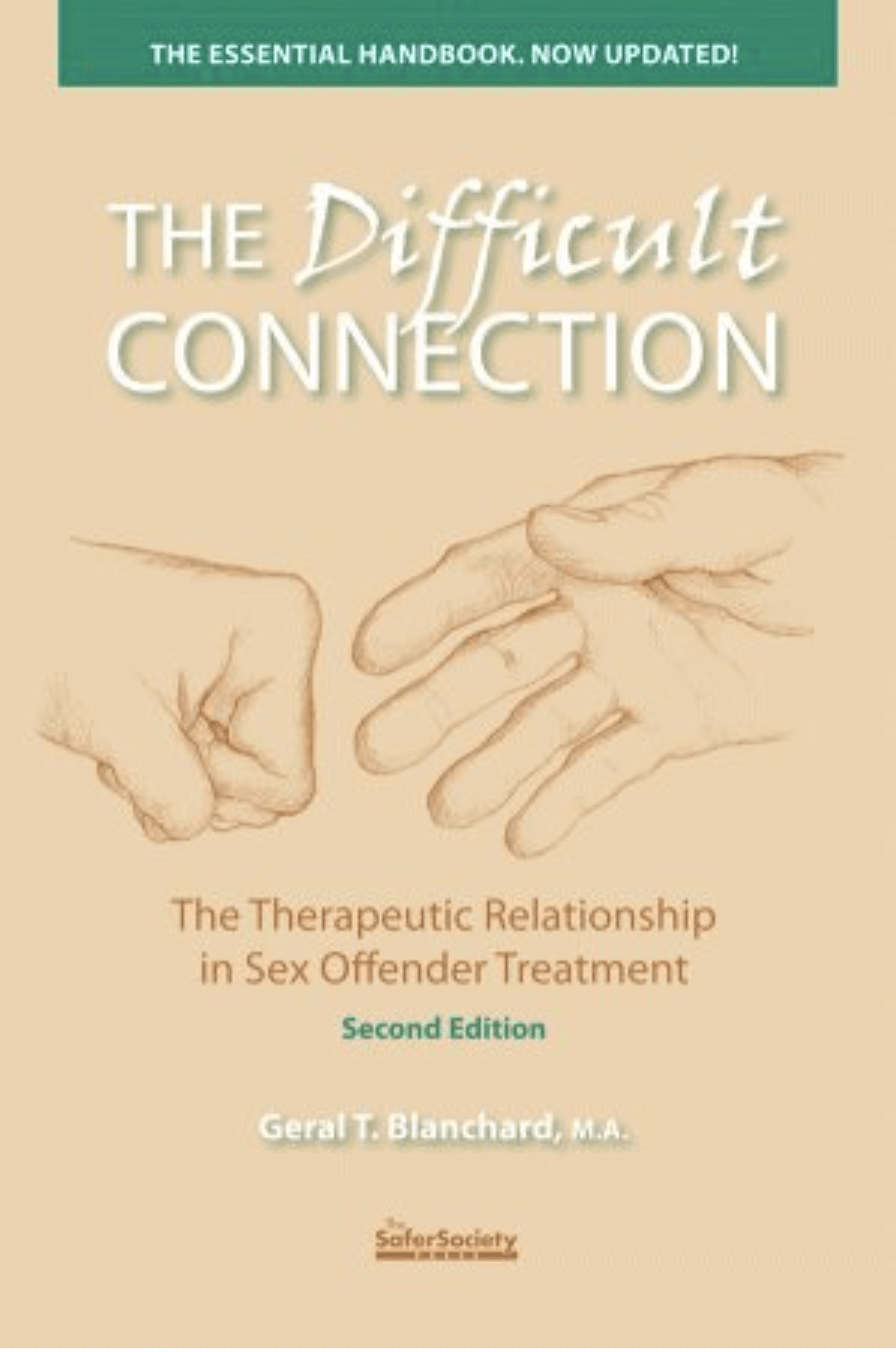Geral Blanchard, LPC, is a psychotherapist who is university trained in psychology and anthropology. Formerly of Wyoming and currently residing in Iowa, Geral travels the world in search of ancient secrets that can augment the art and science of healing. From Western neuroscience to Amazonian shamanism, he has developed an understanding of how to combine old and new healing strategies to optimize recovery, whether from psychological or physical maladies.
MDMA and Three-Dimensional Thinking
All of us have been indoctrinated into the theory of a three-dimensional reality – the length, breadth, and height of things – extensions into space.
Hyperspace, meaning going beyond three dimensions, was introduced in science fiction literature and movies suggesting we have always toyed with ideas of something bigger and more complex existing “out there.”
Our interest in astronomy, or even astrology, suggests we have long wanted to imagine looking beyond current sensory and cognitive limitations. Since humankind invented religion, many cultures held the cherished and comforting belief that there is a sought after destination called heaven, a place outside our current understanding of space. Heaven, almost uniformly, was regarded as an extension of height – something way up there beyond sight. Maybe that is what the term higher consciousness or Higher Power allude to.
All spatial dimensions beyond the traditional three are thought to be mental or psychic, something subjectively experienced as an inner voice or hallucination, an interior phenomenon. A four-dimensional creature, perhaps like a shaman, may tell you that they can see perfectly well inside and outside. For instance, shamans often intuitively tour their own bodies, or those of persons they are healing, to locate the source of an illness. It is construed by Westerners as something resembling a form of x-ray vision. Some folks, especially psychologists, blow off this remarkable ability as delusional thinking or as psychosis. If it can’t be documented and classified as normal human behavior, it follows that it must be abnormal, or even pathological. Perhaps a medicine could put a stop to such crazy thinking, stop the brain from what it naturally has done and can do.
Then there are modern day psychonauts who are without shamanic training but desire to go into previously unchartered territory via drug experimentation. They often desire an easy way to get there, perhaps using psychedelic medicines. But for a more disciplined person, these fleeting breakaway moments are just brief instances of consciousness tourism, not a destination to permanently land on and stay with.
Could it be that when under the guidance (vs. influence) of MDMA, some folks measure the world beyond the usual conceptualizations of length, breadth, and height? The
fourth dimension may be
time. Time is inseparable from consciousness and that may be why shamanic cosmologies question its very existence apart from our minds. Scientifically, we can never be sure it exists independent of our thinking, yet scientists measure the world in accordance with manmade time-keeping devices.
Native peoples tend to relate to “time” as something circular; the “future” and the “past” all occur in the “now.” Go “Native” and wrap your head around that for a while.
Perhaps there is a fifth-dimension. Beyond the previous four, maybe an inside construct can be considered. Maybe “normal” space-time thinking is an outer projection of an inner infinity. So when a shaman journeys into his body and even into his cells, it is so unfamiliar to us that we discount his experience. During an MDMA journey, when you watch your upper cranial brain sparking, or navigate into your middle brain (the heart) and watch it pumping, will you be introduced to a new way of seeing and experiencing reality? So is this phenomenon subjective or objective – or both?
What about those MDMA experiences of expanded consciousness when we stand apart from ourselves watching as the ego shrinks? When we find ourselves observing ourselves -- maybe even observing the observer observing us. Sort of a “backstage” view of what is going on. Is this a sixth dimension? After all, to be objective wouldn’t we have to stand back, and seemingly apart, to more accurately understand something bigger than us? Otherwise wouldn’t it all be too subjective to be accurate?
This is where Mayan cosmology helps out, when the micro perspective is expanded to the macro. The macro is the big view of things, getting past the meager abilities of the cranial brains of humans. In a way, everything outside us may be inside us; everything may be us. So this bigness resides in our smallness. To understand this better we must break free of the normal cognitive constraints of human consciousness and see the big picture, sixth dimensional unity consciousness.
No wonder after a treatment, when people reenter the three dimensional world, they find it so difficult to explain in precise words what was experienced. While being largely indescribable, or ineffable, it is often paradoxically referred to as being “realer than real.” We may be tapping into something bigger and quite comforting, a “coming home” of sorts. For a shaman, this is existence transmitting itself through him/her, a very familiar and sacred happening. Experiencing “many worlds” is experiencing the One World of us.
*********
Johanna Macy in A Wild Love for the World, wrote: “We strap our faith and love and destiny to the puny burros of our separate selves which are certain to stumble and give out…prizing our egos, coddling them, we lock ourselves inside.”
She went on: “One day I found I was no longer inside my own body. I wasn’t outside it either. My body seemed to be silently exploding, expanding to the point where everything else was inside it too. Everything out there – each gesticulating, chewing, sleeping form; each crying baby and coughing heap of rags; and flickering, swaying carriage itself – was as intimately my body as I was. I had turned inside out, like a kernel of popcorn shaken over the fire. My interior was now on the outside, inextricably mixed up with the rest of the world, and what I had tried to exclude was now at its core.”
Macy concluded: “The self was neither to be vaunted or overcome, neither to be punished or improved. It only needed to be seen through, like a bubble that would eventually pop.”
*********
Other Topics
Basics of MDMA
Rituals and Ceremony
Brain and MDMA
Trauma
Heart
Energy Movement
Quantum Physics
Native Cosmologies
Nature
Spirituality/Enlightenment
Kogi Tribe
Books written by Geral T. Blanchard
More Articles



















